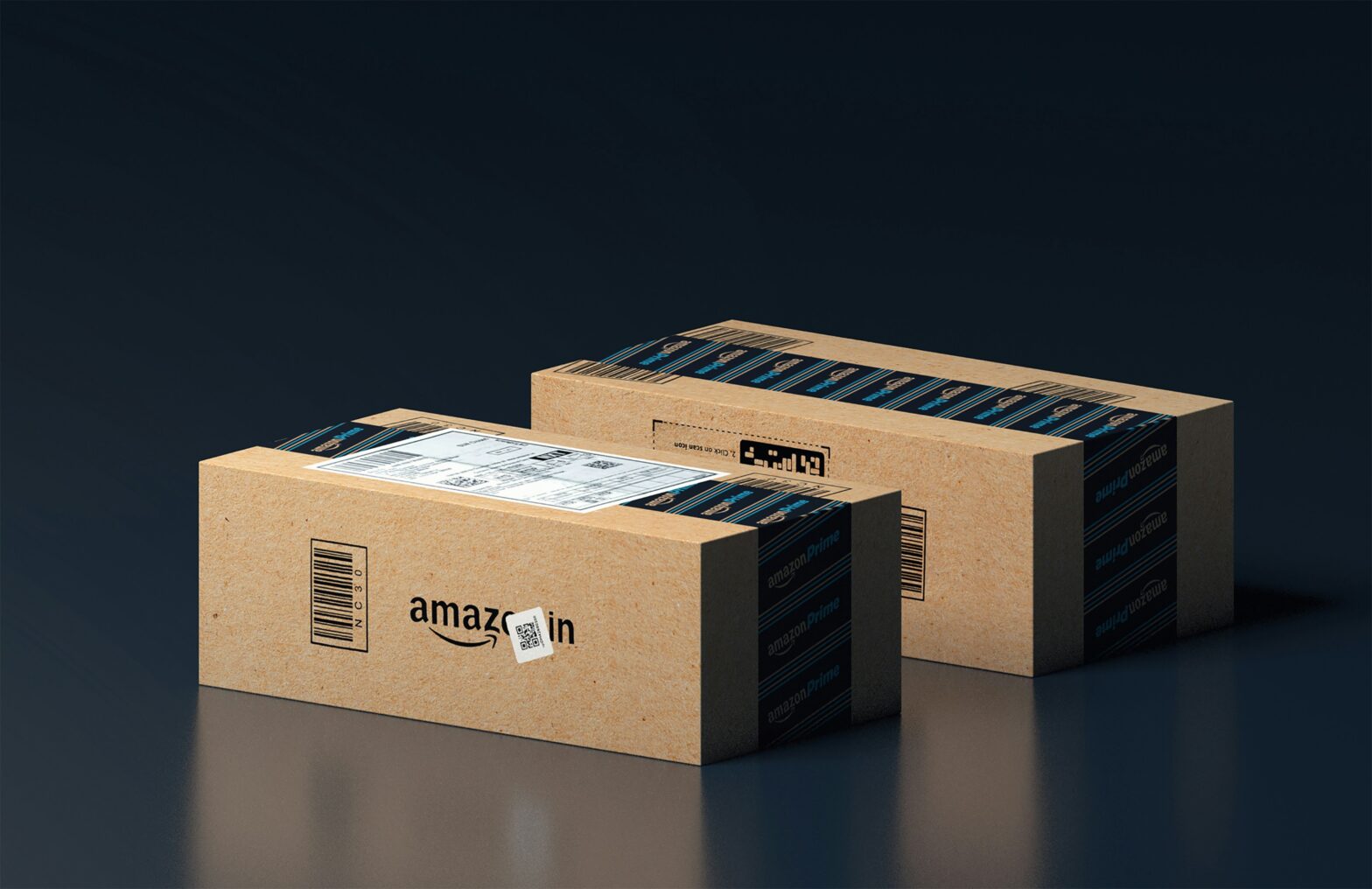2023 has been a year of transition for many e-commerce merchants and brands with significant e-commerce operations. Post-pandemic demand softening, recessionary climate, inflation, and future uncertainty have made the e-commerce operational climate challenging compared to the previous 4 years. If your e-commerce sales are flat, here are 5 steps you can take now to increase your revenues, profits, and e-commerce exposure in this uncertain business climate. These are simple, easy-to-test tactics that may not seem obvious to merchants with unique products and offerings but may already be well-known to sellers of commodities that have been dealing with competitive pressures for years.
1. Diversify Your Marketplace, Product Feed and Channel Strategy
We are moving into a world of open e-commerce. If you’re only generating e-commerce sales on your own website and not leveraging feeds, channels, and marketplaces, you’re a dinosaur. Your product may very well sell on Walmart, Target, or a litany of other sites where your customers have high purchase behavior. Luckily, the proceed and supporting technologies required to sell on multiple channels have only become less expensive and easier to operate. Companies like Feedonomics and Channel Engine make setting up your product feed and integrating it with multiple channels a lot easier than 5 years ago when Channel Advisor was the only game in town. Magento merchants will find a number of modules they can purchase to simplify feed integration. Our recommendation is to explore testing one of the feed products and a small subset of products prior to attempting a large feed integration. But check out Feedonomics and Channel Engine as they are both highly rated for their ease of use and power.
2. Integrate Buy with Prime to Increase Conversion Rate
Did you know that SaaS e-commerce merchants on BigCommerce or Shopify can integrate “Buy with Prime” into their stores now? Yes, believe it or not, they can. Since Q3 2022 merchants have been offering “Buy with Prime” as a way to attract shoppers and then convert them at higher rates because they can check out with their Amazon Prime accounts on independent e-commerce stores (yes, outside of Amazon). Shoppers will be able to take delivery of their orders from independent e-commerce merchants with Amazon delivery speed as well. This is a win-win for merchants and consumers – and get this – the merchant still gets to keep the customer as a customer of record! We recommend testing “Buy with Prime” prior to rolling it out for all your products – consider a subset of your best sellers or most popular products.
3. Test Social Commerce: Influencers and Social Site Catalogs and Carts
Yes, there’s a theme here – the opening up of e-commerce, and that means welcoming the opportunities available to you with social commerce channels. Influencers are now a robust staple in digital commerce marketing. And they don’t need to cost an arm and leg – you don’t need to hire influencers that have 4mm followers. If you sell niche products there are many opportunities to work with influencers that have smaller audiences that are a better fit for your target than the most popular influencers and there are a number of ways to find these influencers – on your own or using a service like Captiv8. Create a social commerce catalog or even check out experience to meet the activity stoked by an influencer that you test; data shows that an influencer driving to a store on the same social platform has much higher conversion rates – like an Instagram influencer driving to your own Instagram Store.
4. Test Alternative Advertising
Not that you should abandon your organic search, paid search and traditional advertising channels like Google Ads (especially if they are providing you with target ROAS) but you need to think outside of the box to generate better returns from your advertising. Media plans are becoming more specialized and creative and that’s a good thing. LinkedIn ads for e-commerce merchants? Yes! (listen to this excellent discussion on the E-Commerce Fuel podcast). Other “alternative” but growing channels beyond Facebook and Google include BING ads, Snapchat, Pinterest (especially for apparel and home furnishings) and TikTok – all of which have ad formats that provide very creative product presentation alternatives.
5. Personalization
If you’ve been a successful e-commerce merchant without spending much effort personalizing your site experience or your digital marketing then you might be missing out on one of the sure fire ways to improve performance. Over the last few years many customers have gotten used to personalized emails and messages and those that include personalized offers. But a lot of merchants skip the personalized site experience part; the expectation of consumers today is to have a personalized customer journey including relevant offers, upsells, cross sells and even a visual experience that meets a shoppers desired attributes. It takes work but luckily the tools that provide merchants the capability to personalize browning, shopping, checkout and customer service are expanding quickly. With an e-commerce platform it’s important to complete the basics like having relevant cross sells and upsells queued to work with your most popular products. But it’s the personalization of the overall experience in a meaningful way that drives value, increased conversions, and ROAS according to McKinsey via MARTECHSERIES.COM:
“McKinsey states that personalization can deliver 5-8x times the ROI on marketing spend and lift sales by 10% or more. While marketers have been employing forms of personalization for the last two decades, meaningful personalization—which involves testing ideas with customers and quickly iterating—wasn’t possible until recently. The stark reality is that the tools simply didn’t exist to deliver truly relevant content and offers to customers across channels.”
And of course now the tools like Bloomreach, Klaviyo, and Adobe Experience Manager can enable personalization at scale for customers – including customers that have been acquired through channels outside of digital commerce.
BOTTOM LINE: If you’re not evolving you’re falling behind! Let us know if you’d like to brainstorm other ways to grow your e-commerce business – we’ve got many more ideas to share beyond these relatively simple tactics you can try this year to jump start sales! Good Luck!


